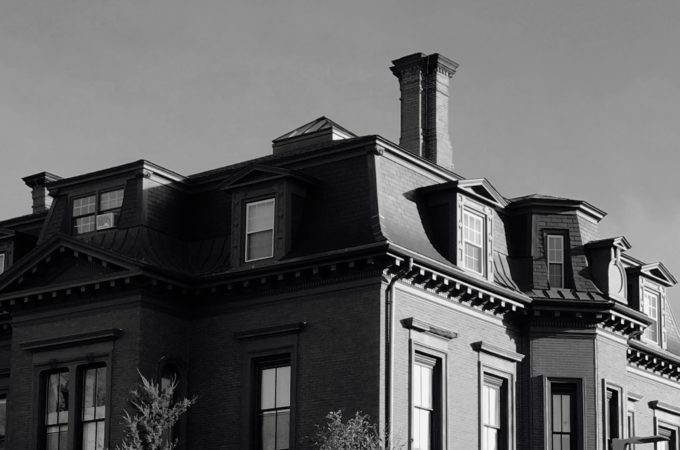Today’s blog was written by Andrew Coates, Associate, Gowlings WLG (Canada) LLP
Section 116 of the Income Tax Act (Canada) (the “Act”) is one of the more complicated tax provisions that many trustees will be required to grapple with. Some readers may have come across section 116 in the context of a sale of real property owned by a non-resident, but the section applies to more than just real property held by a trust or estate (this article will use “trust” to refer to both because the Income Tax Act (Canada) defines a trust for tax purposes as including an estate).[1]
When a trust makes a capital distribution to a non-resident beneficiary, the beneficiary is deemed to have disposed of a part or the whole of their capital interest in the trust.[2] Where the capital interest in the trust is “taxable Canadian property” (“TCP”),[3] the vendor of the TCP (i.e. the beneficiary who is deemed to be “disposing” of their interest in the trust) must apply for a clearance certificate from the Canada Revenue Agency (the “CRA”) under section 116, either in advance of the disposition or within 10 days of the disposition.
Subsection 116(2) is applicable when a vendor (beneficiary) applies for a section 116 clearance certificate in advance of the disposition of TCP. In order to obtain the section 116 clearance certificate, the relevant CRA form applicable to the type of TCP[4] along with 25% of the anticipated capital gain, or an amount of security acceptable to the CRA, must be submitted to the CRA at least 30 days in advance of the disposition.
Subsection 116(3) is applicable when a vendor (beneficiary) applies for a section 116 clearance certificate after the disposition date. The same CRA forms required under subsection 116(2) are submitted along with 25% of the actual capital gain, or an amount of security acceptable to the CRA, within 10 days of the disposition date.
Subsection 116(5) imposes liability on the purchaser (i.e. the trust) to withhold and remit to the CRA 25% of the entire purchase price (and not just the capital gain) if the vendor does not provide a section 116 clearance certificate to the purchaser (which under 116(3) would not have yet been issued). Unlike the non-resident beneficiary, the CRA does have strong collection measures available to receive and enforce payment of the tax owing from the resident trust (and the trustees of that trust).
If a tax treaty exists between Canada and the non-resident beneficiary’s resident country, subsection 116(5.01) may apply such that Canada has jurisdiction to tax the capital gain of the non-resident beneficiary and a section 116 clearance certificate does not need to be obtained for the “treaty-protected property.”[5] The intricacies of the application of tax treaties is beyond the scope of this article.
One notable exception applies to real or immovable Canadian property (or shares that derive their value from real or immovable Canadian property): if said property is not more than 50% of the value of the non-resident beneficiary’s interest in the aggregate trust property for the period of 60 months leading up to the date of disposition, then section 116 does not apply and no section 116 clearance certificate is required.
The application, or non-application, of section 116 to dispositions by non-residents of their capital interest in a trust is best illustrated by way of the following examples:
Brokerage Account Owning Publicly-Traded Securities
A trust holds a brokerage account owning traditional “blue chip” publicly-traded securities (i.e. bank stocks, fortune 500 companies, etc.) that do not derive 50% of their value from TCP. If some or all of the securities were distributed to a non-resident beneficiary, then the distribution would be considered a disposition of some or all of the non-resident beneficiary’s capital interest in the trust. However, because the securities are not TCP, there is no requirement for the non-resident beneficiary “vendor” to obtain a section 116 clearance certificate and remit 25% of either the anticipated capital gain or actual capital gain.
Muskoka Cottage
The only asset in a trust is a cottage in Muskoka, Ontario. The cottage meets the definition of TCP and since it is more than 50% of the value of any one or more beneficiary’s interest in the trust, the distribution of all or part of it to a non-resident beneficiary is considered a disposition of the non-resident beneficiary’s capital interest in the trust and requires the non-resident beneficiary as “vendor” to obtain a section 116 clearance certificate. If the section 116 clearance certificate is not provided, then the trust will be liable to withhold and remit to the CRA 25% of the entire purchase price, even if no tax is ultimately payable.
Section 116 can be financially punitive to the unsuspecting trustee distributing capital property to non-residence beneficiaries. Consulting tax professionals when non-resident beneficiaries are involved is always advisable.
[1] Income Tax Act, RSC 1985, c 1 (5th Supp) [the Act], ss 104(1) and 248(1).
[2] Ibid, at ss 107(2.2) and 107(5).
[3] Defined in ss 248(1) to include the following: real or immovable property situated in Canada, Canadian resource properties, timber resource properties, and options in these types of property.
[4] Canada Revenue Agency, “Disposing of or acquiring certain Canadian property” (27 June 2023).


0 Comments